Song lyrics in paintings showcased in Shanghai
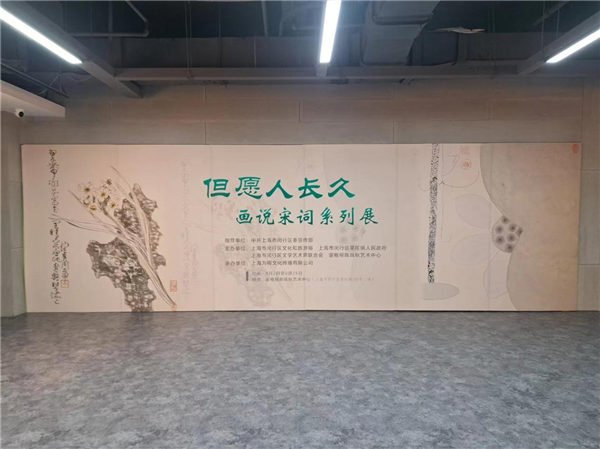
[Photo provided to chinadaily.com.cn]
Familiarity with its cultural soul is the key to understanding a nation, and in China's case that includes exploring and appreciating the poetry and lyrics gifted to the world by its 5,000-year civilization.
Tang poetry and Song lyrics have long been regarded as twin masterpieces of Chinese literary tradition. The lyrics originated in the Liang Dynasty of the Southern Dynasty, took shape in the Tang Dynasty and flourished in the Song Dynasty. Song lyrics are a relatively new style of poetry compared to the ancient style, and capture the essence of the wisdom of scholars in the Song Dynasty.
From Aug 2 to Sep 24, the exquisite and graceful series II exhibition of "Song Lyrics in Paintings" is on display at the Xie Zhiliu & Chen Peiqiu Art Center in Minhang District of Shanghai, featuring 30 Chinese traditional paintings by artists from Jiangsu, Zhejiang and Shanghai to illustrate 30 Chinese-English Song lyrics translated by Professor Xu Yuanchong.
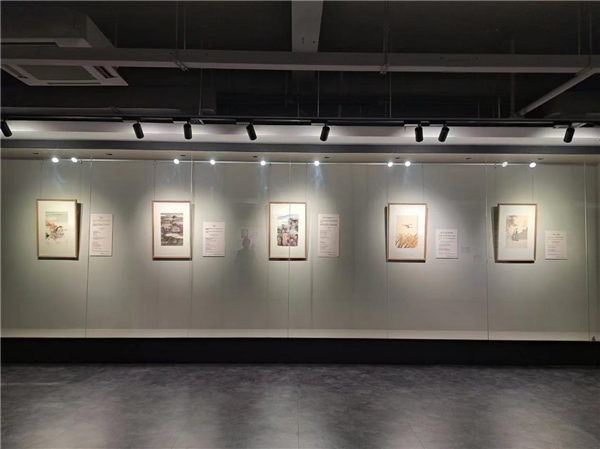
[Photo provided to chinadaily.com.cn]
The exhibition has received strong support from the Minhang District Committee and Minhang District Government of CPC Shanghai Municipal Committee. The Guiding unit comprises the Publicity Department of the Minhang District Committee of CPC Shanghai Municipal Committee. The organizers are Minhang District Culture and Tourism Bureau of Shanghai Municipality, Xinzhuang Town People's Government of Minhang District of Shanghai Municipality, Minhang District Federation of Literary and Art Circles of Shanghai Municipality and the Xie Zhiliu & Chen Peiqiu Art Center.
The exhibition is in the form of one lyric corresponding to one painting, with the lyric presented in the Chinese-English contrast. The selected poets, including Song Dynasty luminaries Su Shi, Ou Yangxiu, Yanshu and other lyricists, belong to the bold and unconstrained school, the graceful and restrained genre or the patriotic school. In step with the outstanding art and lead translator Xu Yuanchong's precise translations, series II of "Song Lyrics in Paintings" beautifully illustrates Song lyrics' unique connotations and narrates the poets' lives and histories in the perspective of modernists.
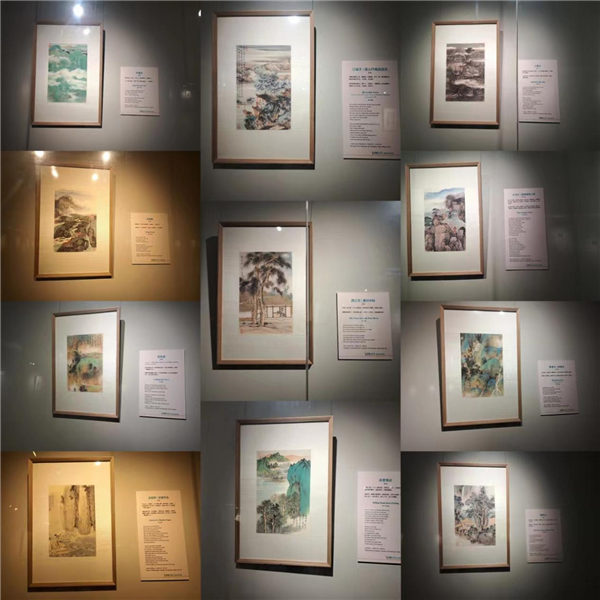
[Photo provided to chinadaily.com.cn]
The aim of these renowned painters, including Chen Peiqiu, Chen Jialing, Xiao Haichun and Cai Tianxiong, was to capture in both art and life the spontaneous ease by which an inspiration of themoment can be fully and naturally expressed when the technical means have been mastered. In so doing, they have brought out the resonance of a revitalizing spirit.
"We aim to implement the Central Party's spirit to inherit Chinese culture," Huang Peiyun, curator of Xie Zhiliu & Chen Peiqiu Art Center, told China Daily. "We pay a lot of attention to the comprehensive arrangement and allocation of these 30 paintings, in the aspect of the lyrics poets’ allocation, lyrics' classics, and different styles of paintings."
Embracing a variety of content according to the Song lyrics, the 30 traditional Chinese paintings include colored landscape, naturalistic, and flower-and-bird, among others. Their styles are green landscape, concise or conventional ink paintings that embody six essentials: spirit or vitality, resonance or harmony, thought or plan, effect of scenery or motif, and brush and ink. Whether monochrome or colored ink, the paintings demonstrate the virtuoso's ingenuity and creativeness, highlighting the scenery and atmospheric effect. Artistic genius and all-absorbing love of landscape or objects (human figures, flowers, bamboo, birds, palaces and utensils) are brought out in works that beautifully reflect the writer's concept of composition.
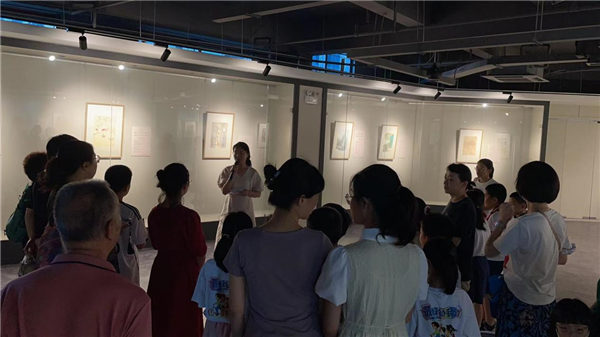
[Photo provided to chinadaily.com.cn]
For the translation of the Song lyrics, the chanting poems include delightful rhymes and rhythms. Xu Yuanchong (1921-2021) was engaged in literary translation for over 80 years, covering Chinese, English, and French. His work focuses on the English translation of ancient Chinese poetry, forming methods and theories for translating in rhyme. Xu is well known as the foremost practitioner of Chinese-English-French poetry translation.
In August, the exhibition recruited primary school, middle school and high school students to carry out classroom sessions and parent-child education interactions aimed at strengthening their appreciation of song lyrics and aesthetic forms through live recitation, appraisal and interpretation, as well as introducing the poets' biographies and Song Dynasty history.
The exhibition also demonstrates the essentials of Chinese ink-painting as it was understood and practised by the poets, painters and translator because the poems and paintings are perfectly complementary.
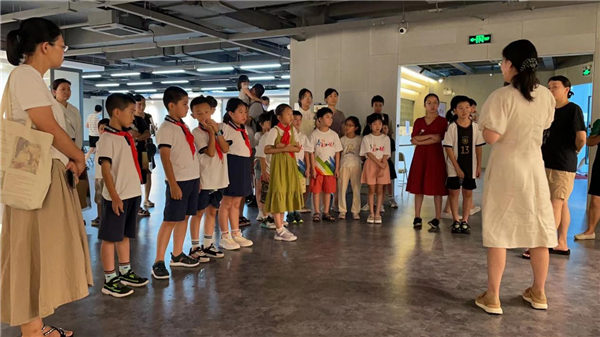
[Photo provided to chinadaily.com.cn]
Related articles
-
 Ancient poems capture the soul of Mid-Autumn Festival
Ancient poems capture the soul of Mid-Autumn FestivalMore
-
 Poetic China: Serenity, Peace and Joy
Poetic China: Serenity, Peace and JoyMore
-
 Embracing cultural immersion: Nanjing's allure for foreign Gen Z travelers
Embracing cultural immersion: Nanjing's allure for foreign Gen Z travelersMore
-
 Song lyrics in paintings showcased in Shanghai
Song lyrics in paintings showcased in ShanghaiMore
-
 The Moon over the Riverside Tower
The Moon over the Riverside TowerMore
-
 Missing My Friend Xin-Da at the South Pavilion in Summer
Missing My Friend Xin-Da at the South Pavilion in SummerMore
